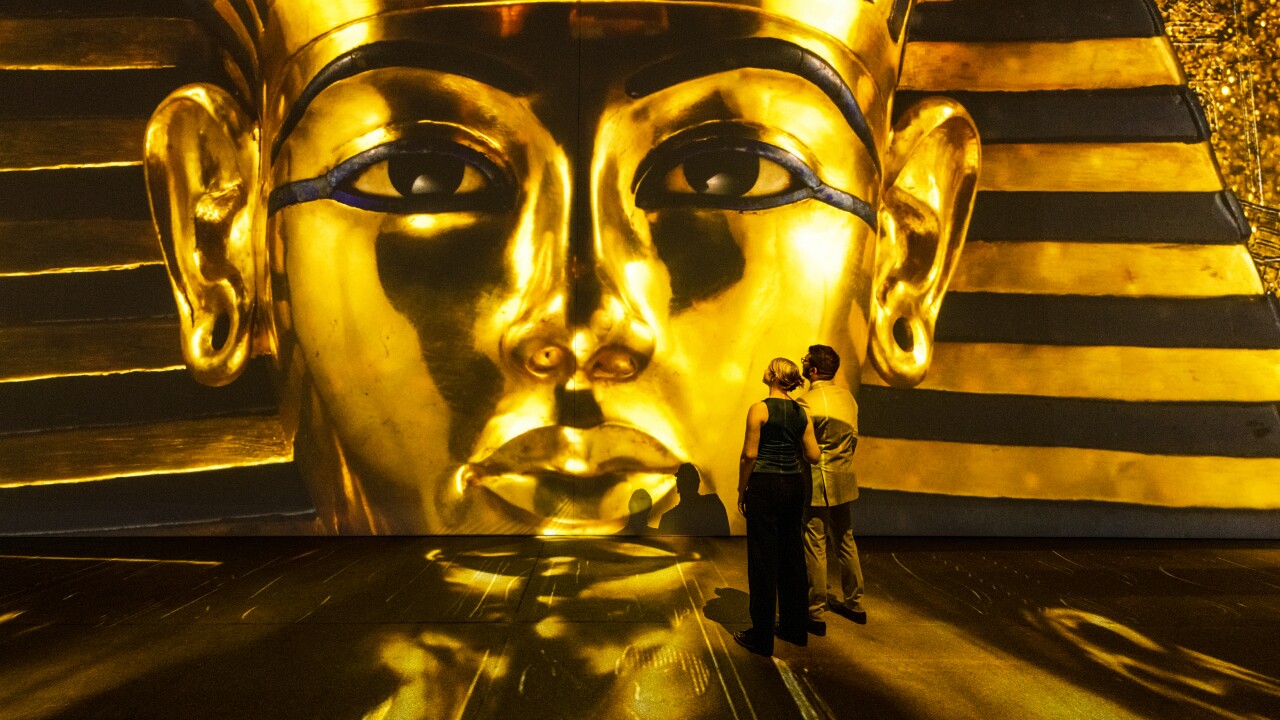
King Khufu, also known by his Greek name Cheops, was an ancient Egyptian pharaoh who ruled during the Old Kingdom period. He is best known for commissioning the construction of the Great Pyramid of Giza, one of the Seven Wonders of the Ancient World.
- Early Life and Ascension: Khufu was the second pharaoh of the Fourth Dynasty of the Old Kingdom. He was the son of King Sneferu, the founder of the Fourth Dynasty, and his mother was Queen Hetepheres I. Upon his father’s death, Khufu ascended to the throne and began his reign as pharaoh.
- Construction of the Great Pyramid: King Khufu is renowned for overseeing the construction of the Great Pyramid of Giza, his burial monument. It is the largest pyramid in Egypt and was built as part of a complex that included temples and smaller pyramids for the royal family. The construction of the Great Pyramid required immense resources, labor, and architectural expertise.
- Pyramid Complex at Giza: Khufu’s pyramid complex at Giza consisted of not only the Great Pyramid but also other structures, including a mortuary temple, causeways, boat pits, and smaller pyramids for his queens. These elements were integral to the pharaoh’s funerary rituals and the cult of the deceased king.
- Architectural Innovations: The construction of the Great Pyramid showcased remarkable architectural achievements. The precision in the pyramid’s design and construction techniques, such as the use of large limestone blocks and a carefully planned internal structure, demonstrated the advanced engineering capabilities of the ancient Egyptians.
- Royal Legacy: King Khufu’s reign was significant in establishing the power and influence of the pharaohs during the Old Kingdom. He initiated large-scale building projects and implemented strong central administration to assert royal authority over the kingdom.
- Khufu’s Mortuary Complex: Khufu’s mortuary complex at Giza not only served as his burial place but also included elaborate burial rituals and offerings to ensure his eternal afterlife. The complex reflects the ancient Egyptians’ belief in the pharaoh’s divine nature and the continuity of their rule in the afterlife.
- Historical Records: Although there is limited direct historical evidence about King Khufu’s reign, his name is mentioned in various inscriptions and papyri discovered throughout Egypt. These sources provide some information about his rule, religious activities, and the importance of his pyramid complex.
- Succession and Legacy: After Khufu’s death, his son Djedefre succeeded him as pharaoh. The Fourth Dynasty marked a peak in pyramid building and royal grandeur, with Khufu’s Great Pyramid serving as an enduring testament to the power and wealth of the ancient Egyptian civilization.

